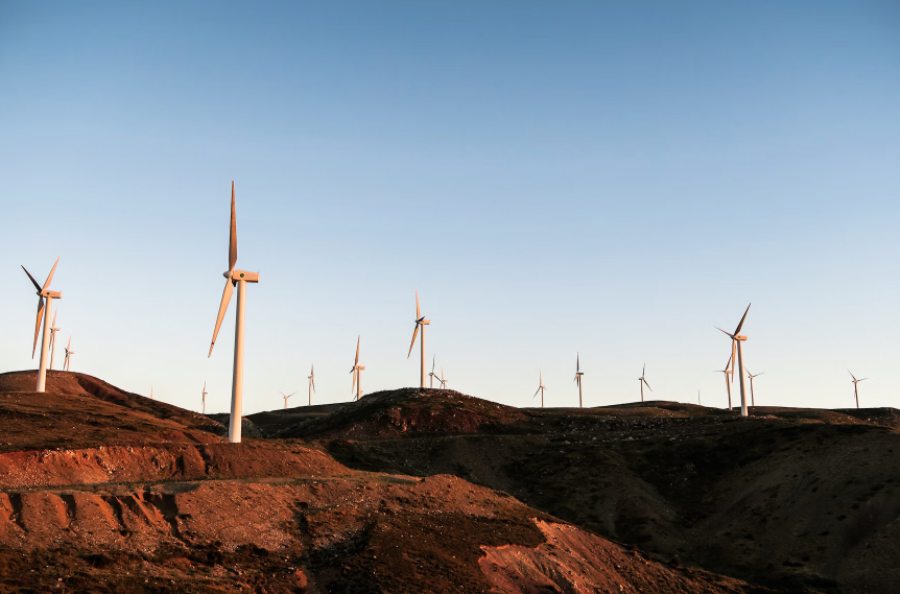Enel Green Power (EGP) South Africa has begun construction of three new wind farms in South Africa’s Eastern Cape province. The wind farms – Impofu East, Impofu West, and Impofu North – will provide energy to Air Liquide Large Industries South Africa and Sasol South Africa and are expected to become operational in 2026.
The projects will consist of 57 turbines, eight high-voltage substations, as well as 120km of 132kV high-voltage overhead electricity lines and will provide up to 330MW of renewable energy via a wheeling framework agreement with Eskom to Sasol’s Secunda site in the Mpumalanga province where Air Liquide operates the world’s largest oxygen production facility. The projects will complement the existing platform of over 1.2GW of renewable energy that EGP South Africa already has in operation.
Speaking at the groundbreaking ceremony, Manuele Battisti, Country Manager at EGP South Africa, said that the projects align seamlessly with the Enel Group’s strategic vision for 2024 to 2026.
“In line with our commitment to the global transition to a low-carbon future, the construction of these wind farms marks significant progress as we see our vision of driving the future of sustainable energy in South Africa come to life. Through strategic partnerships, EGP South Africa is proud to spearhead these transformative wind farm projects, marking a significant leap forward in our mission to power the country’s sustainable future,” stated Battisti. “As we forge ahead with our strategic vision for a sustainable future together, we remain dedicated to not only providing innovative, clean energy solutions in South Africa, but also creating shared value for our partners, communities and clients while enabling progress with sustainable energy, environmentally, socially and financially.”
The new transmission lines from the wind farms will not only improve South Africa’s grid capacity, but, as with all Enel Green Power projects, will lean on the company’s commitment to creating shared value (CSV) in the communities it operates in.
While coordinating with up to 60 different landowners within the vicinity of the projects presents its challenges, the social and economic benefits for local communities will be substantial. These include a series of community upliftment initiatives and job creation opportunities that will take place during the construction phase and, thereafter, during the operational phase.

